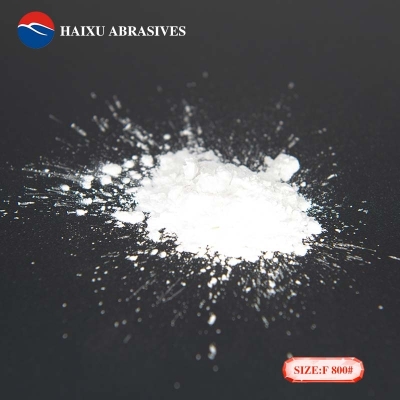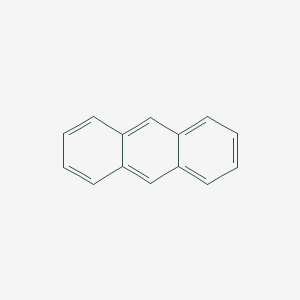-
Categories
-
Pharmaceutical Intermediates
-
Active Pharmaceutical Ingredients
-
Food Additives
- Industrial Coatings
- Agrochemicals
- Dyes and Pigments
- Surfactant
- Flavors and Fragrances
- Chemical Reagents
- Catalyst and Auxiliary
- Natural Products
- Inorganic Chemistry
-
Organic Chemistry
-
Biochemical Engineering
- Analytical Chemistry
- Cosmetic Ingredient
-
Pharmaceutical Intermediates
Promotion
ECHEMI Mall
Wholesale
Weekly Price
Exhibition
News
-
Trade Service
Paint additives in the paint use is very small, but can significantly improve the performance of coatings, has become an indispensable part of coatings. Thickener is a kind of fluidizer, which can not only thicken the coating and prevent the phenomenon of hanging during construction, but also give the coating excellent mechanical properties and storage stability. For water-based coatings with low viscosity, a very important class of additives
.
types of water-based coating thickeners
there are many varieties of thickeners available on the market at present, mainly inorganic thickeners, cellulose, polyacrylates and combined polyurethane thickeners. Inorgic thickener is a type of gel mineral that absorbs water and expands to form tentacles. Mainly bentation, bump bar soil, aluminum silicate, etc. , of which bentation is the most commonly used. Cellulose thickeners have a long history of use, many varieties, including methyl cellulose, methyl cellulose, hydroxyethyl cellulose, hydroxypropyl methyl cellulose, etc. , was the mainstream of thickeners, the most commonly used is hydroxyethyl cellulose. Polyacrylate thickeners can be divided into two kinds: one is water-soluble polypropyleneate, the other is acrylic, methyl acrylic versus or co-polyp emulsion thickeners, this thickener itself is acidic, must be in alkali or ammonia water and to pH8-9 to achieve a thickening effect, also known as acrylic alkali-soluble thickening agent. Polyurethane thickener is a newly developed joint thickener in recent years.
The characteristics of all types of thickeners
cellulose thickeners
cellulose thickeners are high in thickening efficiency, especially on the water phase thickening; However, there is a poor leveling, roller painting splash phenomenon more, stability is not good, vulnerable to microbial degradation and other shortcomings. Because it is low viscosity under high shear, static and low shear has high viscosity, so after coating, the viscosity increases rapidly, can prevent flow hanging, but on the other hand, resulting in poor leveling. Studies have shown that the relative molecular mass of thickeners increases, and the splashing of latex coatings increases. Cellulose thickeners are prone to splashing due to their relative molecular mass. And because cellulose hydroffin is better, it will reduce the water resistance of paint film.
polyacrylic thickener
polyacrylic thickeners have strong thickening and better leveling, good biological stability, but sensitive to pH and poor water resistance.
-type polyurethane-type thickener
-type polyurethane-type thickener this connective structure is damaged under the action of shear force, the viscosity is reduced, when the shear force disappears viscosity can be restored, can prevent the construction process from hanging phenomenon. And its viscosity recovery has a certain lag, is conducive to the coating film leveling. The relative molecular mass of polyurethane thickeners (thousands to tens of thousands) is much lower than that of the two types of thickeners (hundreds of thousands to millions) and does not contribute to splashing. Polyurethane thickener molecules have both hydrophobic and hydrophobic groups, hydrophobic groups and coating substrates have a strong affinity, can enhance the water resistance of the coating film.
latex particles are involved in the jointing, will not produce flocculation, so that the coating film can be smooth, with a high gloss. Many of the properties of the combined polyurethane thickeners are superior to those of other thickeners, but due to their unique adhesive thickening process, the parts of the coating formulation that affect the adhesive beam are bound to have an effect on the thickening. When using such thickeners, we should take full account of the effects of various factors on thickening properties, and do not easily replace the emulsions, defystants, dispersants, film-forming aids used in coatings.
inorder thickener
inorder thickener has the advantages of strong thickening, good tentacles, wide range of pH adaptation, good stability and so on. However, because bento-earth is an inorderable powder, good light absorption, can significantly reduce the surface gloss of the coating film, play a similar role in the anti-light agent.







